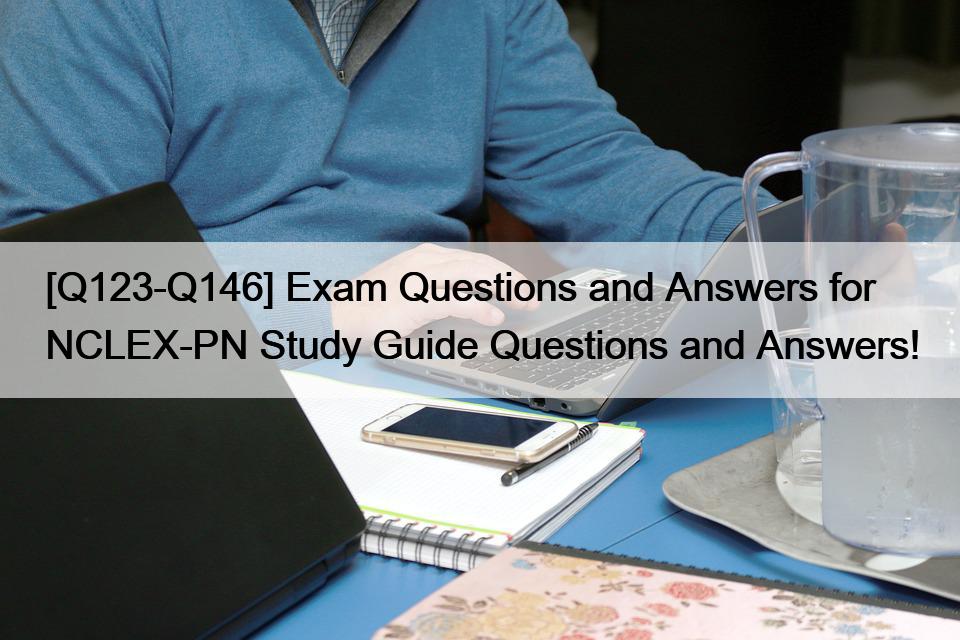
Exam Questions and Answers for NCLEX-PN Study Guide Questions and Answers!
National Council Licensure Examination(NCLEX-PN) Certification Sample Questions and Practice Exam
The National Council Licensure Examination for Practical Nurses (NCLEX-PN) is a standardized exam that is required for individuals who wish to become licensed practical nurses (LPN) or licensed vocational nurses (LVN) in the United States. NCLEX-PN exam is designed to assess the individual’s knowledge, skills, and abilities in providing safe and effective nursing care to patients.
NCLEX-PN (National Council Licensure Examination for Practical Nurses) certification exam is an essential requirement for anyone aspiring to become a licensed practical nurse (LPN) or a licensed vocational nurse (LVN). It is a standardized test that assesses the knowledge, skills, and abilities necessary to perform safely and effectively as an entry-level practical or vocational nurse.
NCLEX-PN certification dumps – NCLEX Certification NCLEX-PN guides – 100% valid: https://www.dumpstorrent.com/NCLEX-PN-exam-dumps-torrent.html